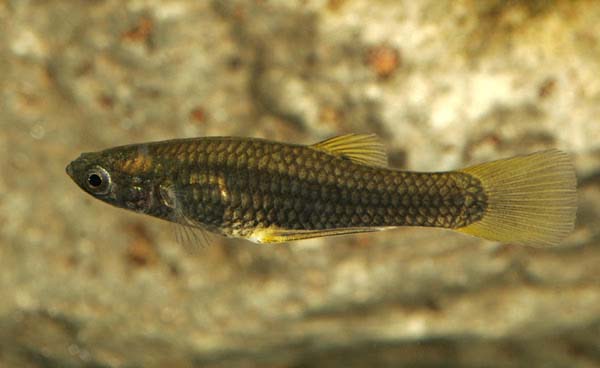PHOENIX — Pinal County will have a new ally in the battle against mosquito-borne diseases this summer: endangered Gila topminnow.

The Arizona Game and Fish Department (AZGFD) will provide 100-200 of the native fish to the Pinal County Public Health Services District on Friday, June 21 to be held for natural propagation, and later to be stocked into standing urban waters throughout the county.
The project is being done under an Endangered Species Act Safe Harbor Agreement between AZGFD, the U.S. Fish and Wildlife Service and Pinal County to cooperatively reduce a public health threat by using the endangered fish to target mosquito larvae, reducing the threat of mosquito-borne diseases, such as West Nile and Zika viruses.
“This endangered species has proven itself as a solid contender in the battle against mosquito larvae in Pima County and we are now pleased to partner with neighboring Pinal County on this highly effective project,” said Ross Timmons, AZGFD’s project coordinator. “Standing waters of any type are prime breeding habitat for mosquitoes, and that can pose a serious public health threat.”
Pinal County was scheduled to receive the endangered fish at a county health facility in Florence on Friday, June 21. They will later be placed into urban water sources, such as abandoned green swimming pools, fountains and backyard ponds within the county.
“The Pinal County Public Health Services District’s mission is to cultivate a healthy community, where everyone has the opportunity to reach their full potential,” said Chris Reimus, division manager of environmental health with the District. “Gila topminnow should prove to be an effective tool in the vector control toolbox as a biological control for mosquitoes in habitats such as abandoned urban swimming pools. This innovative program allows us to be effective in our public health mission while also being stewards of our natural environment.”
Research over the past 20 years shows that Gila topminnow are just as effective at targeting mosquito larvae as the use of the exotic mosquitofish, which is a non-native species. While mosquitofish have been used with some success in reducing disease-carrying mosquitoes, their use has unintended consequences for native fish and their ecosystems when they escape confinement.
“This is a great example of how the flexibility of the Endangered Species Act and innovative partnerships can further endangered species conservation and address human needs,” said Doug Duncan, fish biologist with the U.S. Fish and Wildlife Service. “Mosquitofish are a major threat to Gila topminnow, and using topminnow instead of mosquitofish helps lessen that threat.”
The Gila topminnow is a small, short-lived fish, with a general lifespan of less than a year. As their name suggests, topminnows spend the majority of their time close to the water’s surface feeding on plants, small crustaceans and small invertebrates, including mosquito larvae.
Historically, topminnow were the most abundant fish species in the Gila River basin from western New Mexico to central and western Arizona. Over time, habitat loss and degradation brought the topminnow to the brink of extinction. It was listed as a federally endangered species in 1967. Since then, AZGFD and its partners have worked to restore topminnow populations with the goal of delisting the fish.
For more information on topminnows, visit www.azgfd.gov/wildlife and click on “Nongame & Endangered Wildlife.”
